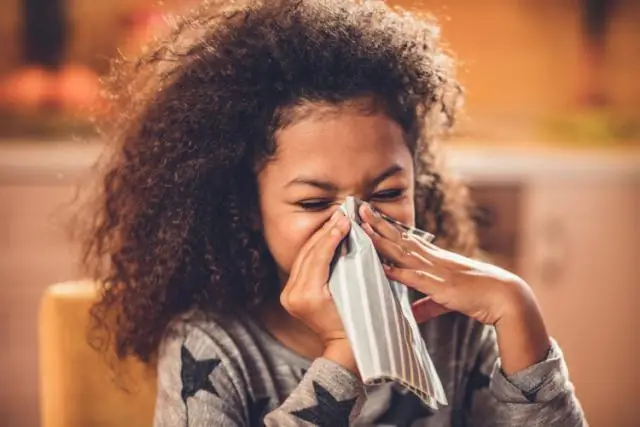
Table of contents:
- Author Bailey Albertson [email protected].
- Public 2023-12-17 12:53.
- Last modified 2025-06-01 07:32.
How to remove plasticine from clothing and hard surfaces
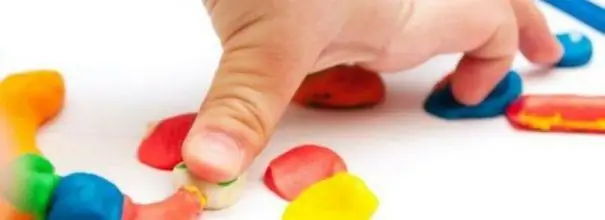
What child is not the happy owner of a couple of boxes with multi-colored soft plasticine bars? And as a result, it is hardly possible to find parents who have not faced the consequences of children's creativity in the form of adhering lumps of plastic mass in the most unexpected places: on clothes, body, walls, etc. The list can grow exponentially. But, violating the laws of mathematics, you can find several effective ways to stop this growth of traces from plasticine.
Content
- 1 Features of spots
- 2 How not to do
-
3 Stages of stain removal
-
3.1 How to remove mass
- 3.1.1 Textiles
- 3.1.2 Video: how to remove plasticine from a tablecloth with an iron
- 3.1.3 Solid surface
-
3.2 How to remove greasy marks from different fabrics
- 3.2.1 Natural fabrics
- 3.2.2 Video: saving shorts from plasticine
- 3.2.3 White things
- 3.2.4 Colored items
- 3.2.5 Wool
- 3.2.6 Silk
-
-
4 Professional approach
4.1 Video: how to get rid of plasticine on a carpet with Faberlic
-
5 Features of removing plasticine from wallpaper
-
5.1 Hair dryer
5.1.1 Video: remove traces of plasticine with hot air
-
5.2 Other methods
5.2.1 Video: how to remove plasticine from non-woven wallpaper
-
-
6 How to clean toys
6.1 Video: hot water for cleaning toys from plasticine
- 7 Bringing back purity to the body, hands and hair
Spot features
Plasticine is a material for creating volumetric or flat figures using sculpting, made of high-molecular polyethylene, polyvinyl chloride and various types of rubbers.
It is thanks to this composition that traces of creativity on different surfaces have one characteristic feature: removing the mass itself is not difficult, but getting rid of the greasy stain after it is rather problematic. Moreover, the material heats up very quickly (even from body temperature!) And begins to creep over the surface. Due to the dyes, oily stains acquire the corresponding shades, which also complicates the process of their removal.
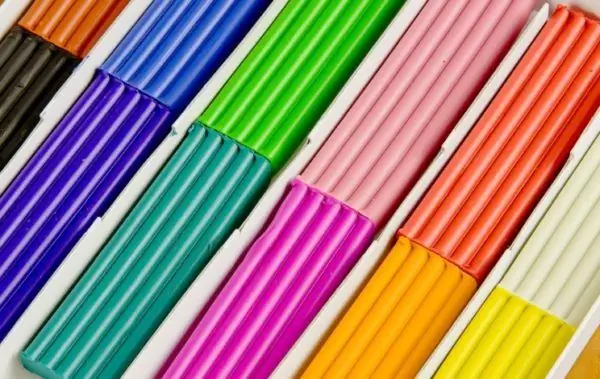
In addition to fat, plasticine contains dyes, which also tend to be absorbed into surfaces, especially light and soft
How not to do
Before dwelling on specific ways to remove dirt left by plasticine, it is worth making a few cautionary recommendations.
- In order not to increase the area of the stain, you do not need to try to wipe it.
- Before using alcohol, stain remover, detergents, you must try them on an inconspicuous area of the processed material (fabric, carpet, wallpaper, etc.).
- If the plasticine is in the creator's hair, then in no case should these lumps be removed by hand: the mass melts and "scatters" over the entire shock.
-
An attempt to remove a trace without preliminary processing will not be successful a priori.

The red thing is soaked in a basin Just washing the item is not enough to remove plasticine stains.
Stages of stain removal
Whatever type of surface we are talking about, the first two stages will be the same for everyone.
-
We remove the lump of mass mechanically.

Three plasticine stacks To remove a lump, a stack is suitable, which comes with plasticine.
- We clean up the oily trail.
- We clean the surface in a suitable way (erase, wash, clean, etc.).
How to remove mass
There is only one removal principle - mechanical. But the algorithm of actions will be different.
Textile
If the clay has stuck to a soft surface (fabric, carpet, etc.) for a long time, then you can try to remove it without preparation. It is enough to take a stack for plastic mass or use the blunt side of the knife and, prying a lump, remove it.
If the leftovers still retain their plasticity, then they must first be frozen.
Instructions:
- We put the thing in the freezer for 1 hour.
- Then easily remove the lumps with a plasticine scraper or the blunt side of a knife.
-
If we are talking about a large-sized product (for example, a carpet), then put ice in a plastic bag, place this compress on the place of pollution, and after 15 minutes we also scrape off the pieces.

Red plasticine on the carpet is frozen with an ice cube If the piece of plasticine is very small, then it can be frozen with an ice cube.
It is possible to remove the stain in the opposite way: with the help of an iron. However, a certain virtuosity is required here, since if you do not remove all the remnants, then the plasticine will penetrate even more into the fibers of the fabric.
Video: how to remove plasticine from a tablecloth with an iron
Hard surface
To remove a lump from plastic, plastic, furniture made of leather or leatherette and other materials, plasticine must, on the contrary, be heated. To do this, if the size of the surface allows, it can be dipped in hot water for 5-7 minutes. If traces of creativity remain on the furniture, then you can use a hairdryer.
Instructions:
- We heat the stain until, in consistency, it resembles liquid sour cream.
- With a napkin, carefully collect it from the edges to the center so that it does not creep.
- There remains the second (but in this case, the last!) Stage of removing the trace - dissolving the fat. To do this, we treat soft materials (for example, leather) with a sponge dipped in a solution of dishwashing liquid with water (1: 2), and wipe hard and durable materials with a mixture of ammonia and hydrogen peroxide in a 1: 1 ratio. Instead of this mixture, you can wipe the greasy residue with a cloth dipped in kerosene. Or rinse the entire affected area with laundry soap with a sponge.
Instead of a hair dryer, you can use an iron - the clay will heat up faster, but there is a great risk that the stain will creep out more and it will not be easy to assemble it.
Instructions:
- Apply a clean sheet of paper or a thick paper towel to the place of contamination.
-
We iron the surface until the remains of the plasticine are absorbed into the paper. We change these blotters periodically.

Iron the fabric through the paper The paper must be changed as it absorbs the remaining plasticine
- In conclusion, we also remove the greasy mark with fat-removing agents.
How to remove greasy marks from different fabrics
The complexity of the subsequent "combat" actions is due to the fact that the plasticine contains dyes that are firmly embedded in the fibers of the fabric. So the removal method must be selected for a specific thing, taking into account the origin, texture of the material and its color.
Natural fabrics
For things made from natural fabric, we use ammonia (5 drops per 1 tbsp of water).
Instructions:
-
Using a cotton swab, saturate the trail.

A bottle of ammonia To remove plasticine stains, the ammonia must be diluted with water
- After 30 minutes, we wash the product, using dishwashing liquid instead of powder. And also add ammonia to this solution (for 2 liters of water 1 tbsp. L. Ammonia).
- We erase the thing in the usual way.
This method works great on greasy stains on jeans
Another option for removing a stain is a mixture of grated soap (preferably household) and hydrogen peroxide. The gruel is applied to the place of pollution, which is rubbed with a toothbrush. The product is washed as usual. This method has a significant drawback: it is difficult to calculate the proportion of the components, so the tool may be ineffective or even spoil the material.
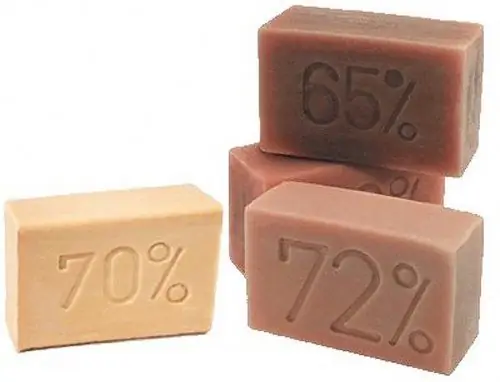
Laundry soap in combination with peroxide is a very powerful tool for removing plasticine dirt
Video: saving shorts from plasticine
White things
For whites and light-colored fabrics, it is best to use an oxygen bleach (e.g. Vanish Oxi Action, Bose Plus Maximum). Before use, you need to carefully study the instructions for use on a specific fabric. But the general principle is to apply the product to the stain and wash the product after a certain holding time. And one more thing: it is not recommended to rinse off the bleach before washing.
Colored products
For colored fabrics, you can use a slurry of baking soda and dishwashing liquid (preferably Fairy).
Instructions:
- We mix the components until the consistency of gruel.
- Apply to the stain.
- We leave for 10-15 minutes.
- We clean it with an old toothbrush.
- We erase in the usual way.
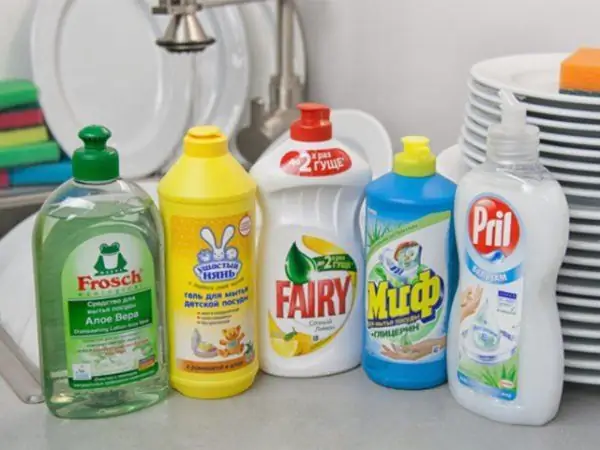
Dishwashing liquids dissolve fats, which makes them indispensable for cleaning plasticine marks
Wool
Instructions:
- We mix turpentine and gasoline in equal proportions.
- We handle pollution.
- We erase as usual.
Silk
Instructions:
- We put a cotton cloth under the seamy side.
- Wipe the stain with a cotton pad moistened with rubbing alcohol, moving from the edges to the center.
- We erase as usual.
Professional approach
Plasticine grease stains can also be removed using industrial products. Such as:
- soap "Antipyatnin";
- stain removers Amway, Faberlic;
-
whitening soap "Maxima" (for white clothes).

Two bars of Maxim's soap Laundry soap Maxima perfectly copes with any stains on white fabric, including greasy plasticine marks
Their use must be coordinated with the type of fabric from which the thing is made.
Video: how to get rid of plasticine on a carpet with Faberlic
Features of removing plasticine from wallpaper
Sometimes the creative impulse of a child can be so strong that even wallpaper turns out to be in the material for modeling, that is, in plasticine. This is a very inconvenient surface from the point of view of cleaning.
Hair dryer
It is quite dangerous to heat up plasticine - it will spread over a large area, so this method can be used when there are no more lumps on the wall
Instructions:
-
We direct a stream of hot air to the stain.

The hair dryer is directed to the plasticine lines on the wallpaper It is convenient to remove traces of plasticine with a hair dryer, although this requires patience
- We periodically erase the melted plasticine with a thin cloth.
Video: remove traces of plasticine with hot air
other methods
Although it is inconvenient to freeze, this technique is acceptable if the lumps are large. After the mass has hardened, carefully remove it with tweezers, a stack or the blunt side of a knife. Removing a greasy stain from wallpaper is also quite problematic. If they are dark, then it is better to accept the mark. And on light, you can try methods with ammonia or industrial means. Dishwashing liquid will certainly help, too. But in order to remove the foam after it, you will have to wet the wallpaper heavily, which, of course, will ruin their appearance. But for vinyl or dense non-woven wallpaper, the method with vegetable oil is very suitable.
Instructions:
- Wet the old toothbrush with oil.
- We clean the wallpaper.
- Remove the remaining oil with a slightly damp cloth.
Video: how to remove plasticine from non-woven wallpaper
How to clean toys
It is enough to wipe dolls, cars, etc. with wet wipes, or, if there are no napkins in the house, use a cloth with vegetable oil and then wash the thing in soapy water. Or just wipe off the remnants of plasticine with a napkin. Stuffed toys are cleaned in the same way as other textiles. That is, you need to take into account the color and texture of the material. In conclusion, large characters are hand washed, and small characters are machine washed, but in a special washing bag.
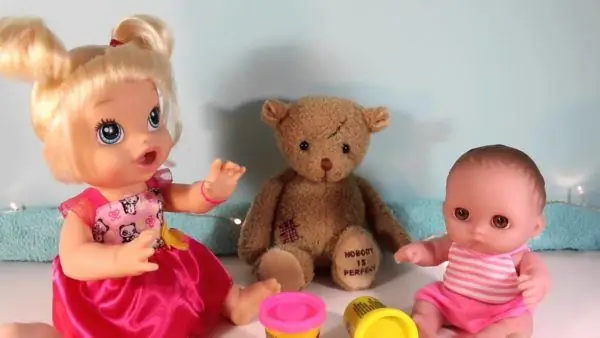
Dolls, plastic and plastic toys are cleaned in the same way as other items made of similar materials, but soft ones after removing the stain is better to wash
Video: hot water for cleaning toys from plasticine
We return purity to the body, hands and hair
It is quite simple to wash hands and body: laundry soap to help. But with hair, the situation is more complicated.
Instructions:
-
Dip your fingers in sunflower or other vegetable oil.

Vegetable oil is poured into a spoon Vegetable oil perfectly dissolves plasticine, helping to easily remove its residues from the hair
- We remove pieces of plasticine from the hair.
- When there are no traces of creative inspiration, wash your head with shampoo.
It is quite possible to remove plasticine from different surfaces. You just need to decide on the type of fabric, its color, then find out which method of mechanical removal of plasticine residues is most suitable in this situation. After that, greasy stains are removed with one or another fat-soluble agent, and in most cases this stage ends the fight against complex pollution.
Recommended:
How To Wipe Off The Glue From The Adhesive Tape - Remove Traces Of Ordinary, Double-sided, Painting From Plastic, Furniture, Glass, Clothes And Other Surfaces + Photos And Videos
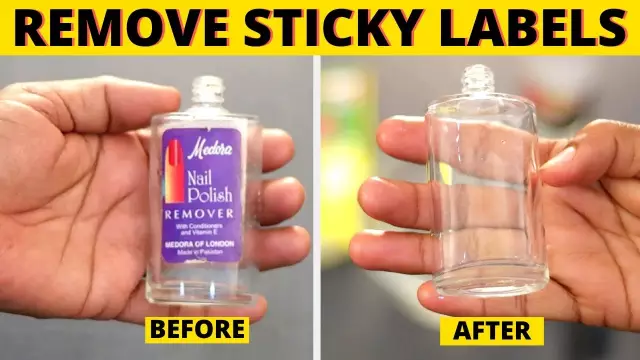
Everyone uses scotch tape, and sometimes unpleasant traces remain after it. How to wipe off adhesive from plain or double-sided plastic, furniture, glass or clothing
How To Remove Wax Or Paraffin From Clothes, Wallpaper, Furniture, Plastic And Other Items + Photos, Videos And Reviews

How to get rid of wax, paraffin and stains from clothes, furniture and other surfaces. What tools and methods can be used and how effective they are
How To Remove Nail Polish From Clothes And Remove Stains From Various Surfaces
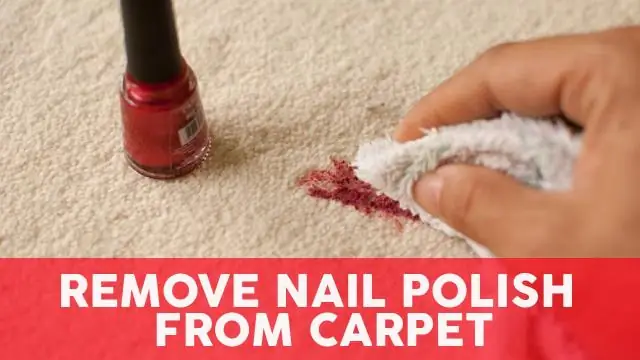
Means and methods for removing nail polish from various types of fabrics and other surfaces. Recommendations and reviews
How To Remove Ballpoint Ink Stains From Clothing, Wallpaper, Hands, Leather, Fabric And Other Items To Remove Dirt
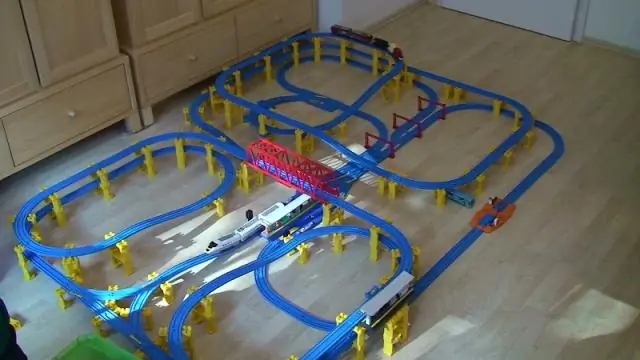
How to use home remedies to remove ink stains from ballpoint or gel pens on clothing and other surfaces
How To Remove Iodine From Clothes And Other Surfaces, Than To Wash It From The Skin, Various Methods And Means + Video And Photo
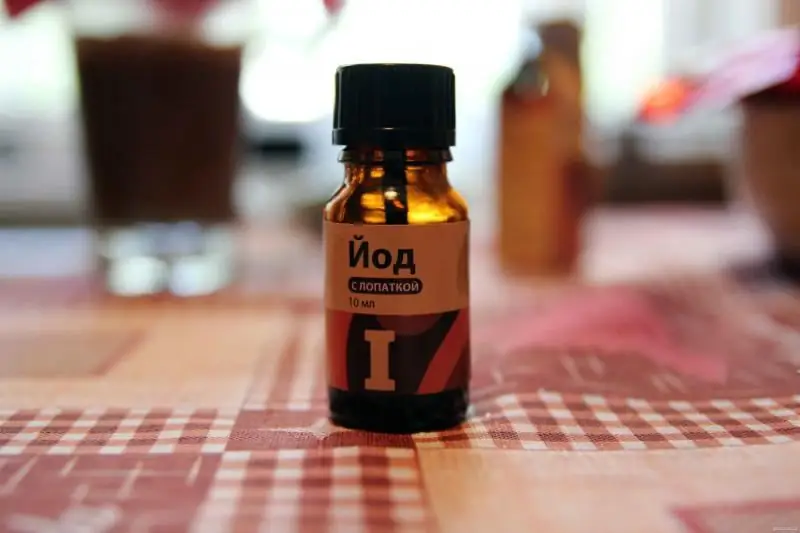
How to remove iodine from different fabrics, wash stains from furniture, body and other surfaces. Effective ways with instructions for use with photos and videos
